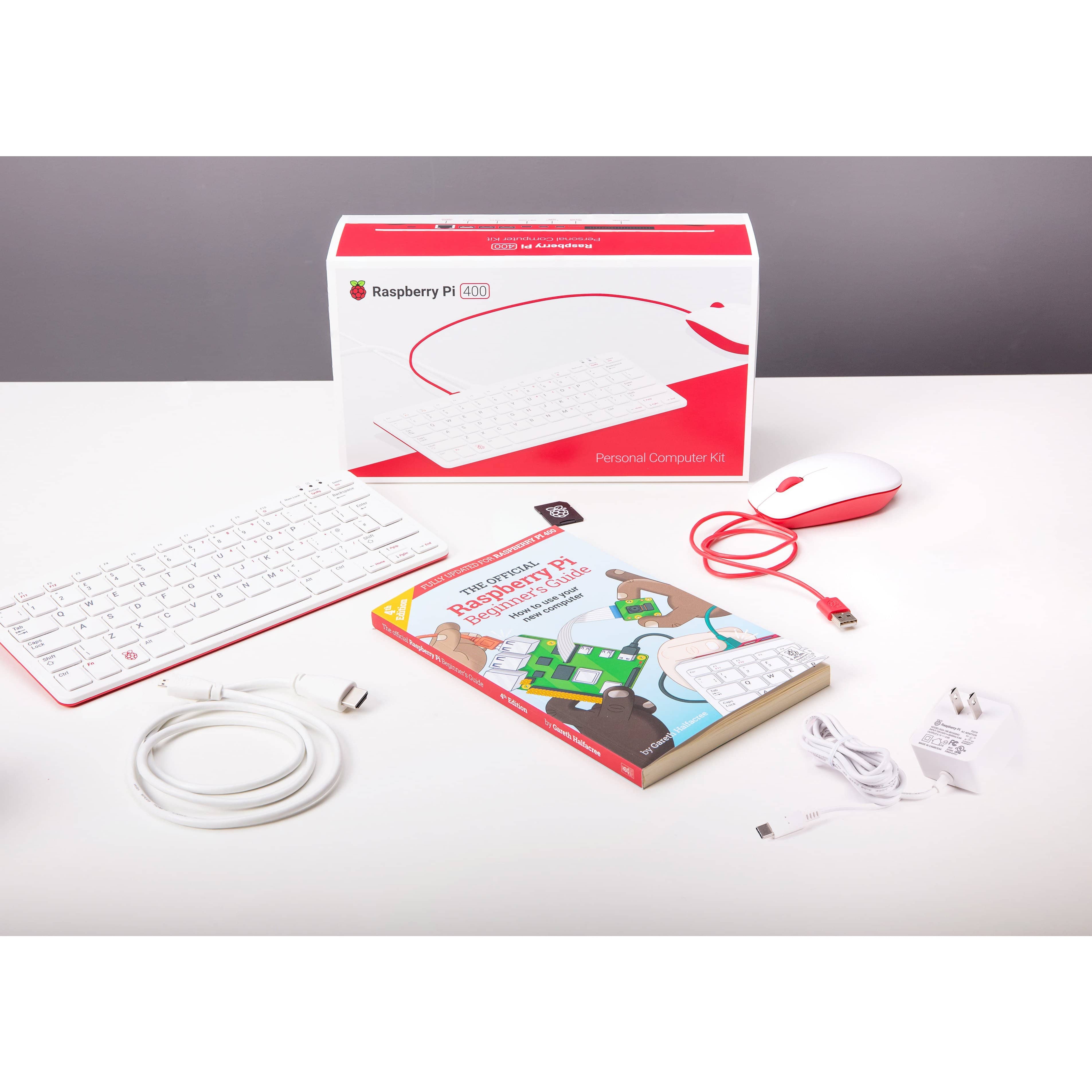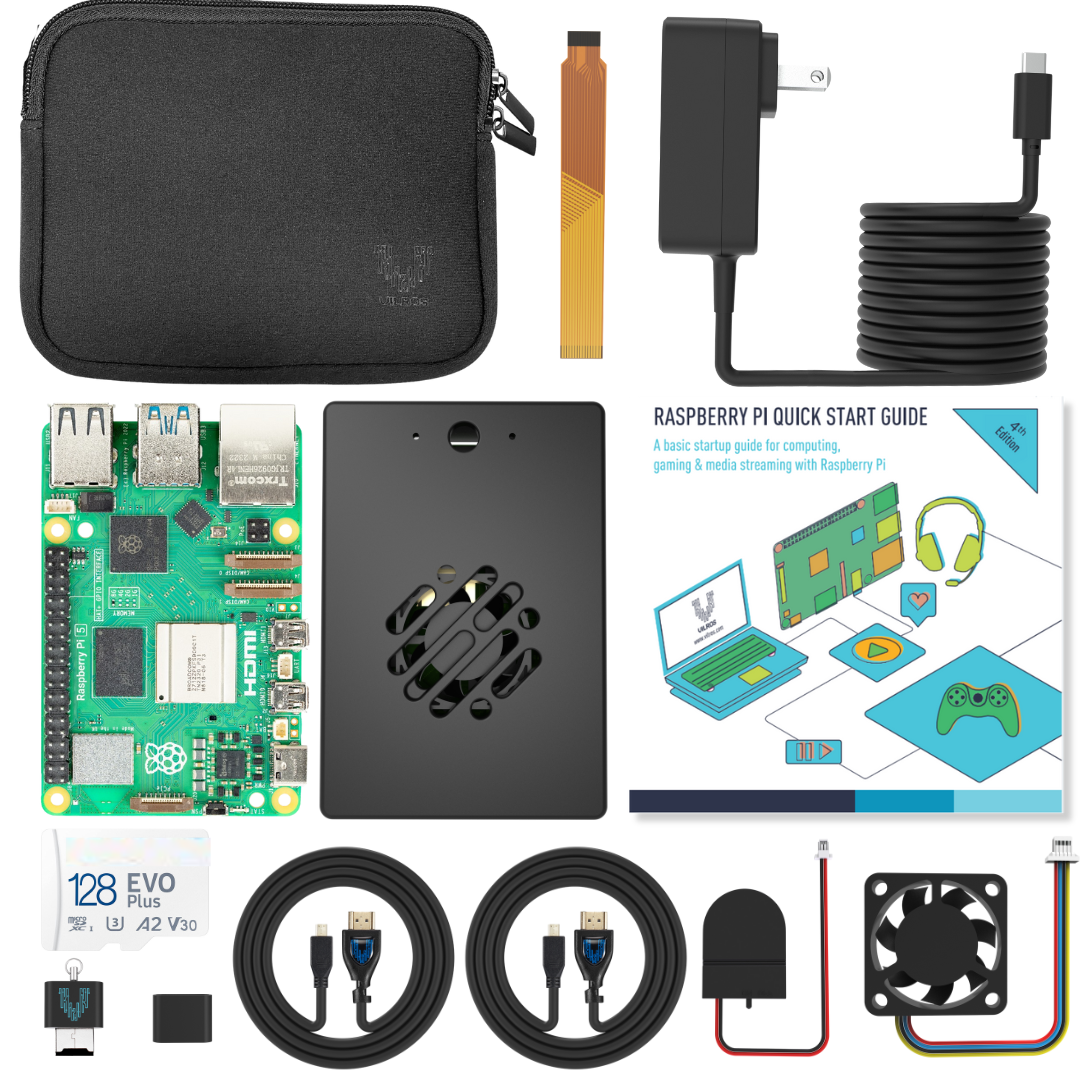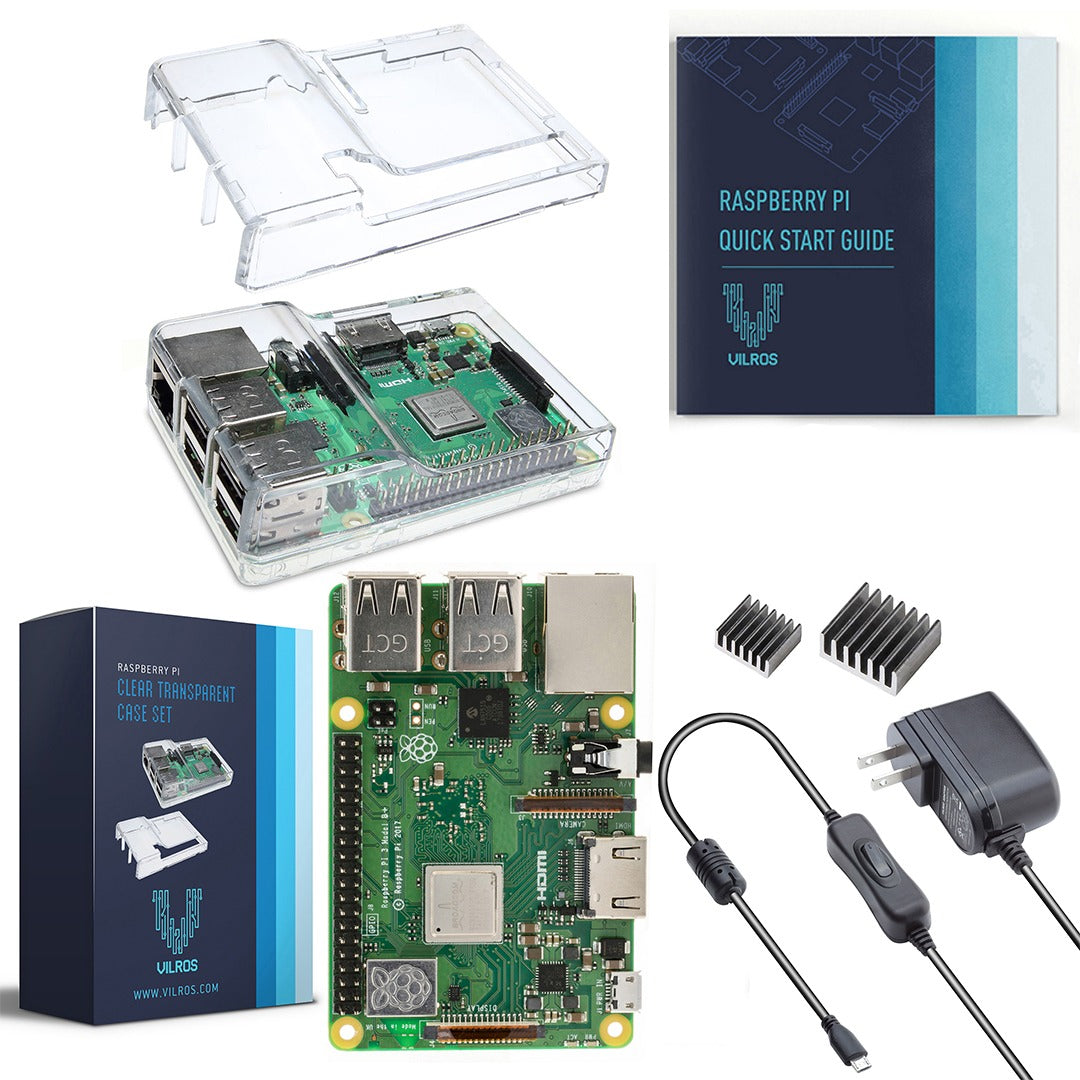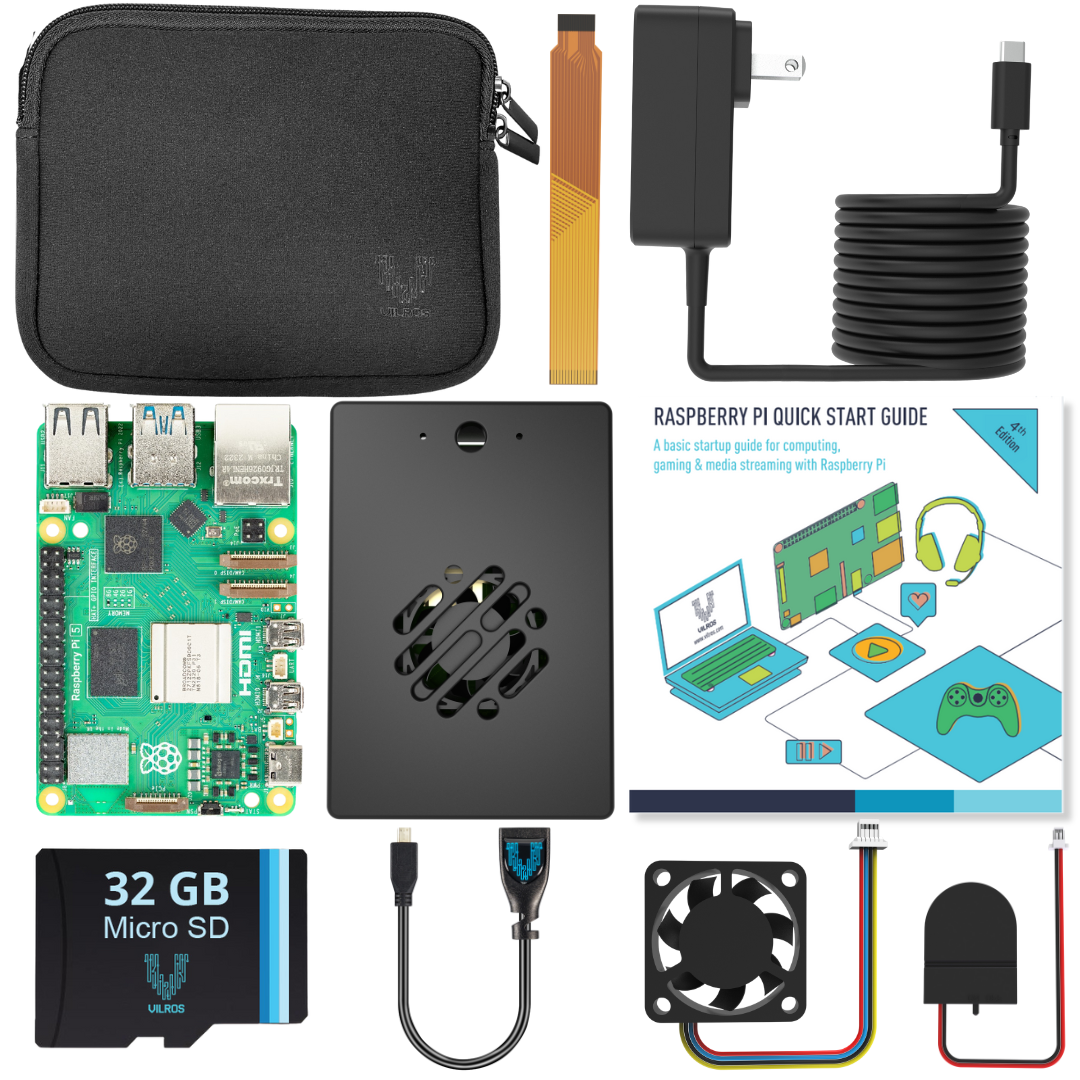September Project Highlight - Three Raspberry Pi Projects to Inspire You
September Project Highlight - Three Raspberry Pi Projects to Inspire You
At Vilros, one of the most rewarding parts of our work is hearing about the incredible things our customers create. In this post, we’re highlighting three standout Raspberry Pi projects from the Vilros community. Whether you’re just getting started or looking for your next challenge, we hope these builds spark your imagination and inspire you to Make Something Amazing.
Project #1 – The PiKey

Brendan Donahe is the creator of the PiKey, a wired USB keyboard and Atari-style joystick adapter. It allows users to connect their systems with a full-sized wired USB keyboard or 9-pin Atari joysticks or Sega joypads. His website is http://www.pikey.tech/.
Q: Why did you choose Raspberry Pi for this project?
- It's easy to program for the Pico in C using my Raspberry Pi 400
- Numerous GPIOs are available to bit-bang the MT8808 analog switch matrix chip protocol and read Atari joystick switches
- The TinyUSB HID device driver is open source and readily available for the Pico
- Its USB OTG port that can be used not only for programming, but also as a HID host for the USB keyboard
- The Pico is insanely inexpensive
- Its standard form factor makes it easy to layout on a circuit board using KiCAD
Q: What were your goals with the PiKey project?
I wanted to enable people like me with full-size hands to touch-type and enjoy this old TRS-80 MC-10 home computer from 1983 that otherwise only had a miniaturized chiclet keyboard on which to program or play games. I also wanted to maintain backwards compatibility with all of the MC-10's original keyboard features, enable the use of Atari joysticks and Sega joypads, and allow reconfigurability of the keyboard layout and the joystick-to-keypress mapping to make the use of the MC-10 customizable and compelling.
Project #2 – Forest of Lights

Keith Hartloff is the creator of the Forest of Lights, an installation in Western New York that has deployed light and sound devices in a forest. Visitors are given a tracking medallion that remotely triggers the devices as they walk through the forest, giving them a unique experience that complements the natural scenery. Their website is https://www.forest-of-lights.com/.
Q: Why did you choose Raspberry Pi for this project?
I was inspired to use a Raspberry Pi Picos and Raspberry Pi 4’s because of the reasonable costs and high functionality of the devices. The Pico microcontrollers have just enough capabilities to power our custom made devices. The goal is to place hundreds of light nodes along trail in a forest which will play audio and display lighting effects. Everything will be centrally controlled by a Raspberry Pi 4 acting as a server. Guests will walk the trail and be awed by the lights and sounds.
Project #3 – Sudoku Tracker

Vivek Rao is using Raspberry Pi technology to improve his sudoku performance. By tracking his own computer activity and storing it in a database, Vivek has been steadily improving his ability to solve sudoku problems quickly and effectively. His website is https://vivrao9.github.io/nyt-sudoku.
Q: What was the inspiration for this project?
I love doing the NY Times sudoku. So much so, that I wanted to use data analytics to analyze my performance and get faster, like the movie "Moneyball." The problem was in getting my data. After some research, I created a browser extension on my laptop to track my movements across the sudoku grid. After capturing my movements, the extension would communicate with a server running on my Raspberry Pi and store the data in a SQLite database. Additionally, my Pi would scrape that day's sudoku grids (raw data, not after filling) and store it in a different database.
Q: What inspired you to use the RPi for this use case?
I needed a headless way to collect and store my data—my Raspberry Pi was perfect for this. Raspberry Pis are great at hosting database management systems and servers. I also needed a way to periodically scrape the New York Times' sudoku grids, so I used the Raspberry Pi's cron job features for that. The Pi runs on a schedule to collect data and stores it in a database. It also communicated with my laptop's browser through a browser extension.
Q: What are your goals with this use case?
My goals were twofold: to collect New York Times' sudoku data on a daily schedule, and to store my solve activity once I filled out each puzzle.





